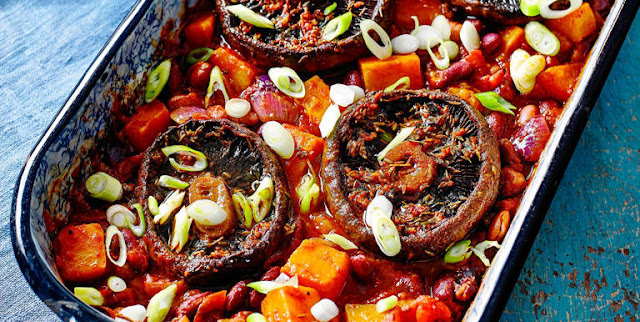Did you know that kitchen or food hacks are techniques used by some home cooks and culinary professionals to make food preparation tasks easier, faster, or more efficient. However, some may just prefer to call them tips!
Here are ten kitchen hacks/tips that may surprise you.
Save Wilted Herbs by Freezing Them in Oil
Don’t toss wilted herbs just yet! Chop them up and freeze them in olive oil using an ice cube tray. This preserves their flavour and creates perfect portions to add to sauces, sautés, or soups.
De-seed Pomegranates in Water
Cut a pomegranate in half and place it in a bowl of water. Use your hands to gently push the seeds out underwater. The seeds will sink while the pith floats, making it easy to separate and enjoy this antioxidant-rich fruit without the mess.
Soak Onions in Cold Water
Avoid tears while chopping onions by soaking them in cold water for 10 minutes before slicing. It also mellows the sharp taste for milder dishes.
Use Salt to Clean Cast Iron Pans
Scrub your cast iron pans with coarse salt instead of soap. The salt acts as an abrasive, helping to remove stuck-on food without damaging the seasoning.
Ripen Avocados with a Paper Bag and Banana
Place an unripe avocado in a paper bag with a ripe banana. The ethylene gas from the banana speeds up the ripening process, giving you a ready-to-eat avocado in 1-2 days.
Peel Hard-Boiled Eggs with Baking Soda
Add a teaspoon of baking soda to the water when boiling eggs. It raises the pH level, making the shells easier to peel off cleanly.
Prevent Boiling Over with a Wooden Spoon
Place a wooden spoon across the top of your pot while boiling water or cooking pasta. The wooden spoon breaks the surface tension of the bubbles, preventing them from spilling over the sides of the pot. Plus, wood doesn’t conduct heat, so the spoon stays cool and safe to handle!
Keep Lettuce Crisp with Paper Towels
Place a paper towel in your container of salad greens to absorb excess moisture. This keeps your lettuce fresh and crisp for longer. You may like to try Blueberry Lettuce Wraps as a delicious way to use your crisp lettuce!
Stop Potatoes from Sprouting with Apples
Place an apple in your bag of potatoes to prevent them from sprouting. The ethylene gas released by the apple slows down the sprouting process.
Peel Ginger with a Spoon
Forget struggling with a knife! Gently scrape a spoon along the ginger’s skin to peel it effortlessly without wasting the flesh.
I hope you may find these hacks/tips make your time in the kitchen easier and more efficient. Do you already use any of these tips? Have you a favourite kitchen hack? Do please share in the comments section.
Words above taken from article here
Dear reader, this blog brings a variety of articles and recipe ideas, and it is important to note, not all may be suitable for you. If you may have any food allergies, or underlying health issues these must always be taken into account. If you are a diabetic and not sure how certain foods may affect your blood sugars, test is best, i.e. use your meter. If you have any concerns about your health, it is always advisable to consult your doctor or health care team.
All the best Jan







































